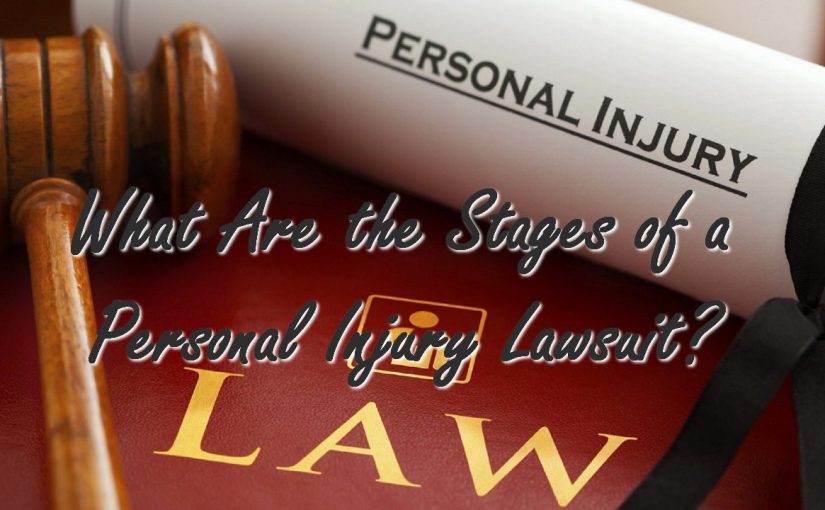A personal injury lawsuit is generated when the plaintiff, the injured or victim, allegedly claims that the defendant’s negligence has caused a physical injury or pain. This sort of pursuit will require the defendant to compensate the other party.
However, this does not mean that all personal injury lawsuits are the same. They vary because of the different rules and standards present in a country. Nevertheless, there are six basic steps to almost all personal injury lawsuits.
For more information and if you are looking for professional assistance, you can visit https://www.jaeleelaw.com/. And now, let’s have a keen look at personal injury lawsuits’ details.
The complaint
Here, the plaintiff meets an attorney or lawyer to discuss the current conditions of the complaint. For excellent service, you should look for experienced lawyers who have an impressive track record. They will advise you according to the following factors:
– The extent of your injuries;
– If you have received any form of incentive or money from the defendant;
– Current working capabilities;
– Whether negligence was involved;
– Your medical costs and legal options;
The process of creating a complaint must be rational and evidence-based. Otherwise, the defense posed against it will blow over your cries for compensation.
The answer
Once the complaint is filed, it is served on the defendant. This creates the conscious recognition that a particular person or company is being sued. The response time varies, depending on the location of the defendant and which country you are in, but it is usually within 21 days.
The answer is also in a written form. It can accept or deny the claims on the complaint. The defenses are termed as “counterclaims” and the plaintiff will have an opportunity to answer the counterclaim.
Discovery
This is like unveiling the mask of a superhero in a movie. It’s a do-or-die phase. The idea of discovery is that both parties should have access to all relevant information. This doesn’t mean that each party readily offers evidence to the other. They will have to request access.
Information disseminated or received fall under the following categories:
Admission—Whether you did the action or not.
Interrogatories—These are specific questions asked by either of the parties and must have a response under oath and in writing.
Physical examination—At this stage, the injury of the plaintiff should be authorized by a court of law.
Requests for production—One party may ask the other to produce copies of relevant documents in their position.
The lawyer needs to have access to all kinds of documents. If not, you will be at a disadvantage because the attorney would not have prepared for the situation. This can reduce your chances of having better percentages of compensation shortly.
Mediation

This is the most informal phase of the investigation. Both parties, with the help of a current judge, try to sort out their complaints and issues outside the court of law. This discourse will try to negate the possibilities of going to the last phase – the trial phase. The attempt is to reach an agreement with the other party in a win-win manner.
However, you need to have an experienced attorney to be able to decipher the situation and see if you hold an edge over the other group. If you do, you can negotiate better and reach solutions that are favorable to both parties, or proceed to the trial in the face of hostile opposition.
The trial
In this phase, you will face the jury. The jury will assess and come to a conclusion, based on the facts, possible award damages, and validity of the evidence, on who will win the case.
Appeal
This applies to the losing party. It is a request for possible review and reversal of the decision made by the jury by seeking a higher authority, like a higher court of law. This process is different from a personal injury lawsuit.

